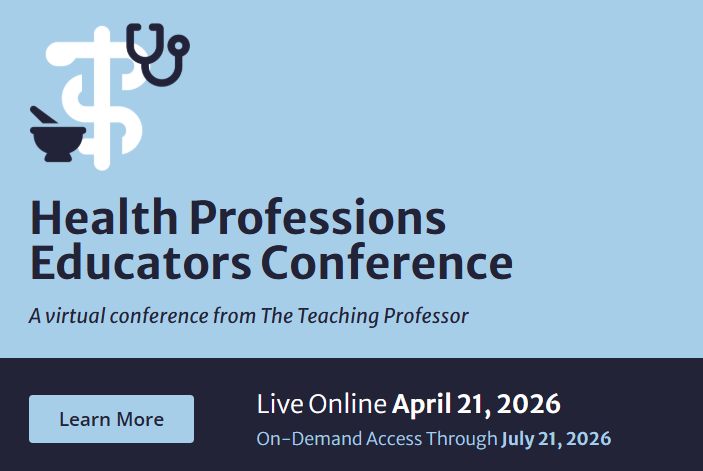Being Ariadne: Helping Students Find Their Way
Thinking and writing metaphorically is often a recommended way to clarify one’s approach to teaching. Having a particular mental image provides a reference point, or compass, to guide teaching decisions and actions. There are many interesting and colorful characters in Greek mythology that might serve as possible metaphorical models for teaching faculty.



